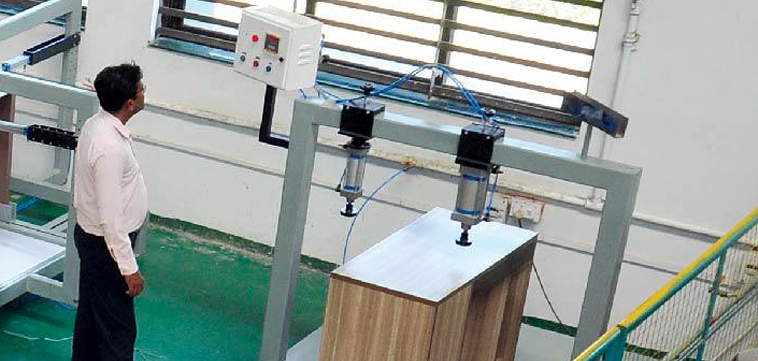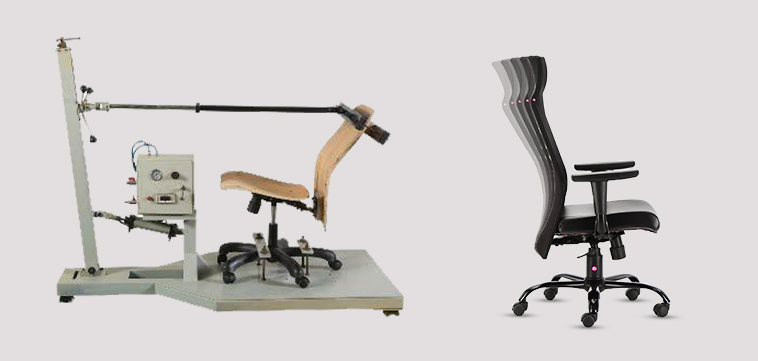
Tilting Mechanism Test
Purpose
In Tilting Chairs - To evaluate the ability of the tilt mechanism to withstand the fatigue stress and wear caused by repeated tilting.
Procedure
A load of 45kg. is placed on the seat and back pulled/pushed without overriding or impacting both ends of the mechanism at the vertical centre line for 75000 cycles at the rate of 10 to 30 cycles per minute.
Base Load Test
Purpose
To evaluate the ability of the pedestal to withstand stressed as those caused by excessive vertical forces.
Procedure
A load of 1050 kg for PP base and 1200 kg for a metal base; applied twice for a period of 1 minute.
Acceptance Level
No structural breakage or cracks in the pedestal should happen. There shall not be a sudden or major change in the structural integrity of the base.
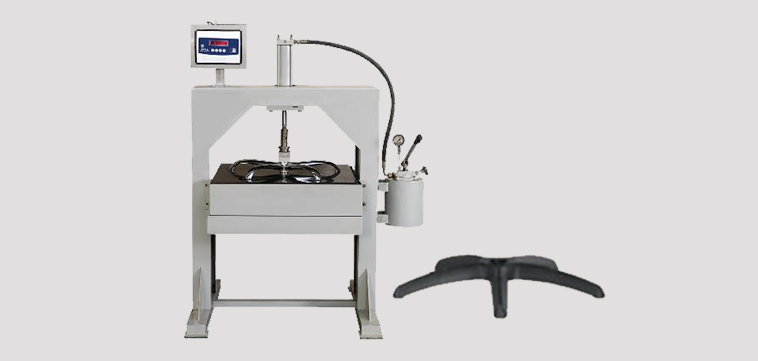
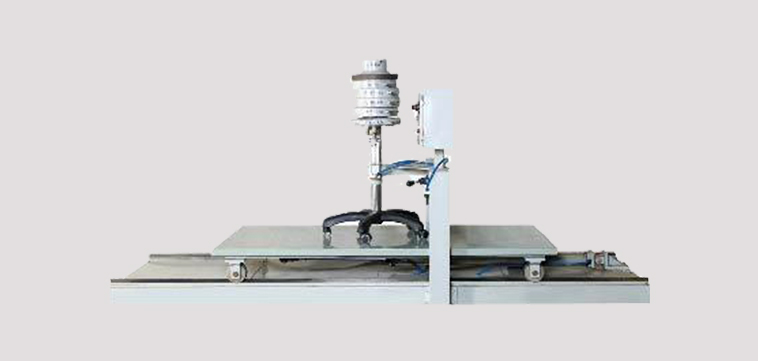
Caster/Chair Base Durability Test
Purpose
TEST ON PEDESTAL BASE CHAIRS WITH CASTERS
To evaluate the ability of the chair base to withstand fatigue stressed and wear caused by moving the chair back and forth.
Procedure
A load of 120 kg placed in a hopper and mounted on the pedestal base with caster free to rotate and swivel. The chair is pulled/pushed to and fro with a stroke length of approx.
Horizontal Static load, fatigue test
These tests are also carried out at our in-house latest test equipment to validate the design of tables in respect of strength and stability as per 1S:5967(Part-1) 1988. These equipment has been inspected and approved by Govt. of India. D.G.S & D
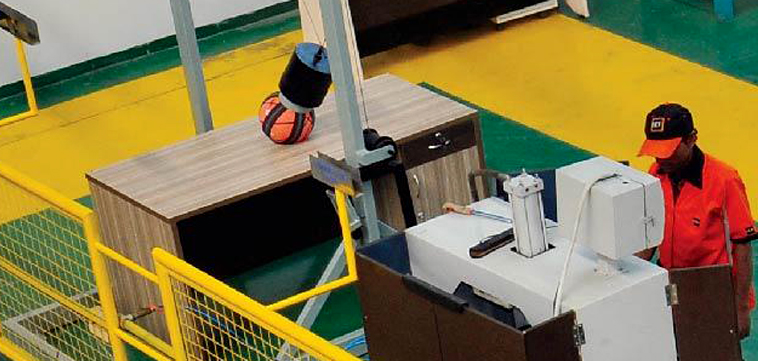
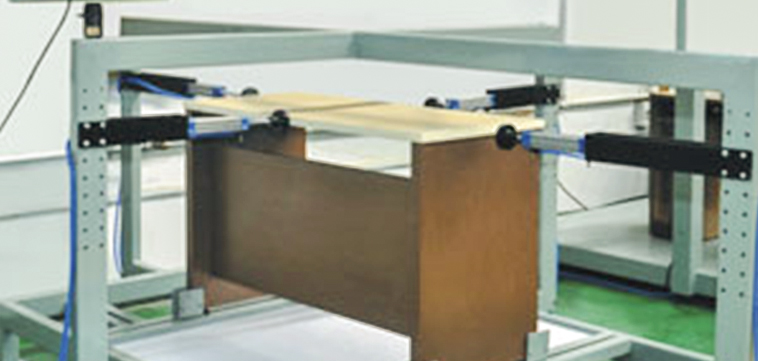
Vertical Static load, impact and fatigue test
These tests are carried out to validate the performance of tables in respect of strength and stability as per 1S:5967 (part-1) 1988 in our in-house lab at regular interval.
Stability test
To verify the ability of table to withstand overturning, a horizontal impactor of 50 kg. Through the ball is applied. The table should not overturn.
